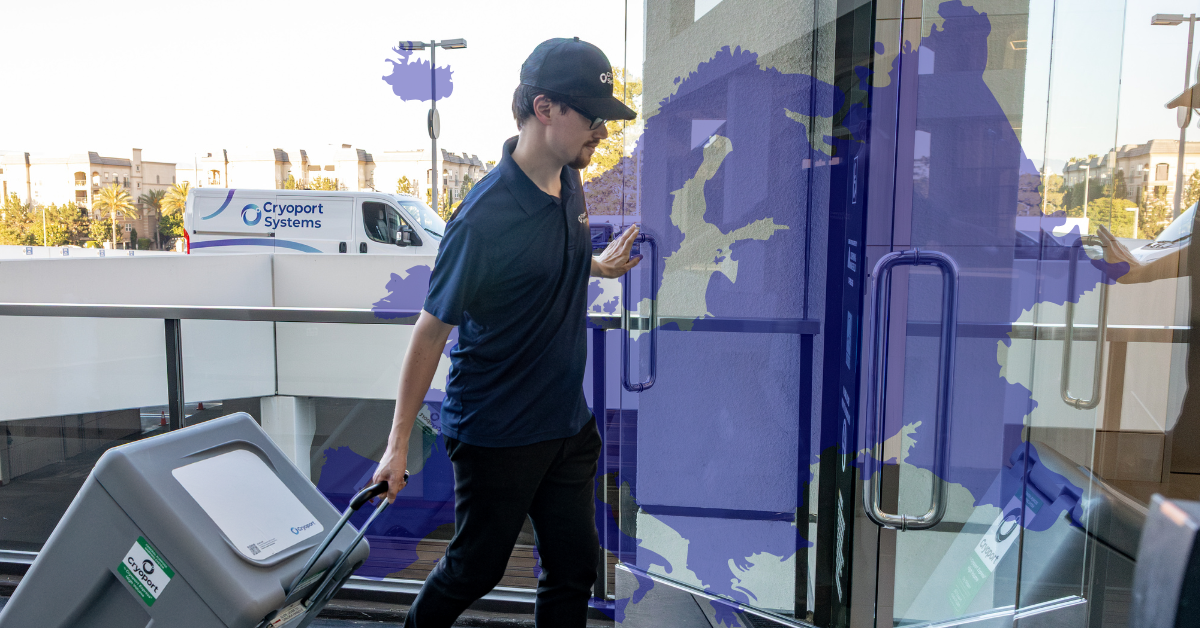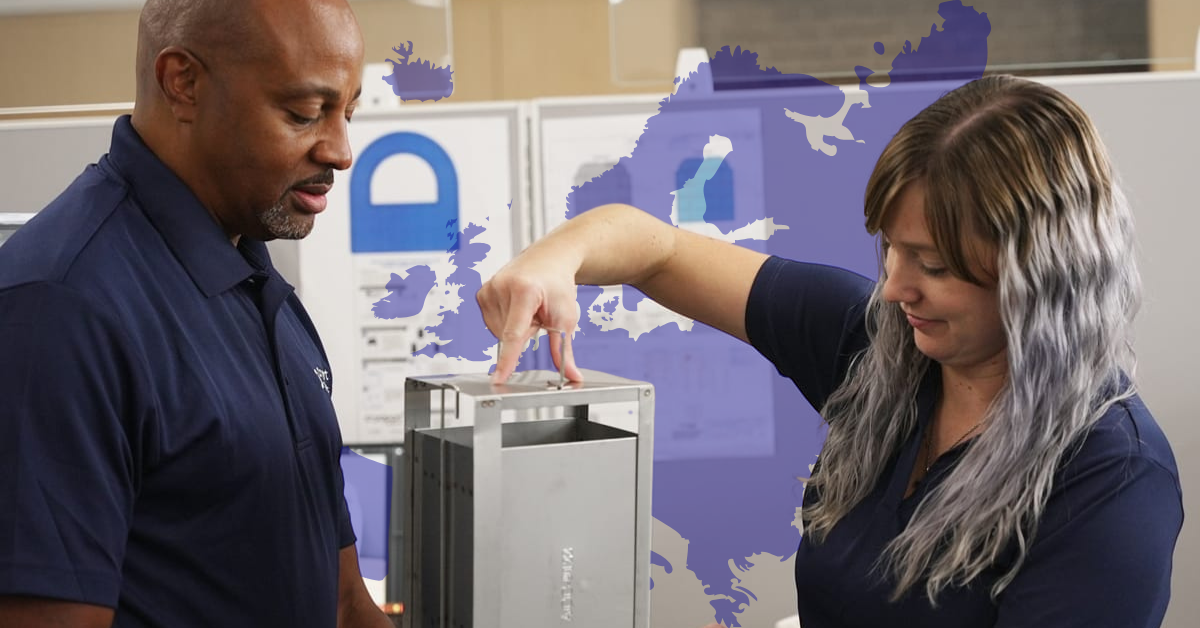What’s Next for ATMP Regulation in EMEA
For advanced therapy developers expanding into Europe, regulatory approval is just the beginning. Even after securing authorization from the European Medicines Agency (EMA), companies often find themselves mired in a patchwork of national rules, pricing hurdles, and even access delays.
In her recent appearance on the Beyond Biotech podcast by Labiotech, Alison Pritchard, Vice President of Business Development for Cryoport Systems in EMEA, pulled back the curtain on what it really takes to bring advanced therapies to patients across the region.
“Whilst the EMA provides centralized approval for ATMPs, each European member state still enforces its own measures around aspects like pricing, reimbursement, local implementation, and customs clearance,” Alison explained. “Even if you have that EMA approval in hand, companies still have to navigate a complex country-by-country market access process.”
And for therapies that require tightly synchronized, temperature-sensitive logistics, like autologous cell therapies, those inconsistencies are more than just inconvenient. They can be a direct threat to product integrity and timelines, and ultimately, patient access.
Fragmentation at Every Turn
Alison described a recent case that highlights this challenge. One Cryoport Systems client had secured distribution approval in the U.S., the U.K., and Switzerland. But when it came time to launch, regulatory fragmentation forced the company to duplicate processes across each individual country.
“They were managing different sets of bureaucracy all in parallel, which ultimately meant longer timelines to get the therapies into the hands of healthcare providers and patients,” she said.
Outside the E.U., the complexity intensifies. Countries like the U.K., Switzerland, and those in the Middle East all bring their own regulatory frameworks, customs requirements, and port-specific clearance processes. The result? No single supply chain model can cover the region. Developers must adapt tailored, country-specific strategies, and plan for them early.
The Hidden Risks of Delay
Cryoport Systems has seen firsthand how regulatory fragmentation doesn’t just cause delays, it can lead companies to abandon certain markets altogether.
“We’ve even seen some therapies pulled out of geographies because they just couldn’t overcome the hurdles for distribution,” Alison mentioned.
The risk of losing market access is especially high for smaller or resource-constrained developers. With pressure mounting to reach commercial milestones quickly, many are forced to prioritize regions with more streamlined and predictable regulatory pathways, often favoring the U.S. over Europe.
Yet for all its complexity, Europe remains one of the most scientifically advanced and innovation-rich regions in the world. The challenge is aligning that innovation with infrastructure and policy that enables it to reach patients.
Toward a More Harmonized Future
Despite today’s fragmented reality, there are promising signs of progress. Alison referenced the E.U. Policy Blueprint published by the Alliance for Regenerative Medicine (ARM), which outlines a vision for a more unified regulatory environment in Europe. The blueprint acknowledges both the strength of the region’s academic and scientific foundations and the inefficiencies that threaten to undermine them.
“There’s huge potential in the region. We’ve got strong scientific capabilities and robust academic networks,” Alison pointed out. “But there are also structural inefficiencies, fragmented regulatory approaches, and a lack of coordination across the Member States.”
The ARM report calls for pan-European alignment around policy, infrastructure, and regulatory frameworks, arguing that doing so would position Europe as a global leader in the ATMP space. Cryoport Systems is actively contributing to these efforts as a member of key regulatory and industry working groups.
“We’re closely tracking and contributing to efforts around harmonization,” Alison said. “Ultimately, I think that’s going to really streamline things in the years to come, but it’s just not quite there yet.”
Designing Around the Gaps
Until harmonization is achieved, therapy developers must build supply chain strategies that anticipate and adapt to these jurisdictional variations. This can include planning to select ports of entry based on country-specific regulatory requirements or ensuring they build in time for local Qualified Person (QP) product release. Therapy developers need to ensure that customs documentation aligns with local expectations, and should be prepared to manage multiple reimbursement and licensing pathways in parallel.
“It all adds complexity. It adds cost. And it adds potential risk if it’s not accounted for early in the planning stages,” Alison said.
That’s why Cryoport Systems works hand-in-hand with developers to design distribution strategies that account for both EMA-level approval and localized implementation at every stage, from pre-clinical through clinical trials and into commercialization.
Partnership as a Path Forward
Alison’s message to developers is clear. Regulation doesn’t need to be a roadblock, so long as you plan for it, staff for it, and partner for it.
“Supply chain planning isn’t just about getting a product from A to B,” she pointed out. “It’s about safeguarding the quality of your therapy, ensuring compliance, managing risk, and critically, setting the foundation for scale.”
With a growing global network, localized infrastructure (including a new facility in Paris launching in late 2025), and deep regulatory expertise, Cryoport Systems is helping biotech companies chart their course through complexity while keeping their focus where it belongs: on the patients these therapies are meant to reach.
You can listen to the full podcast interview with Alison Pritchard here.


